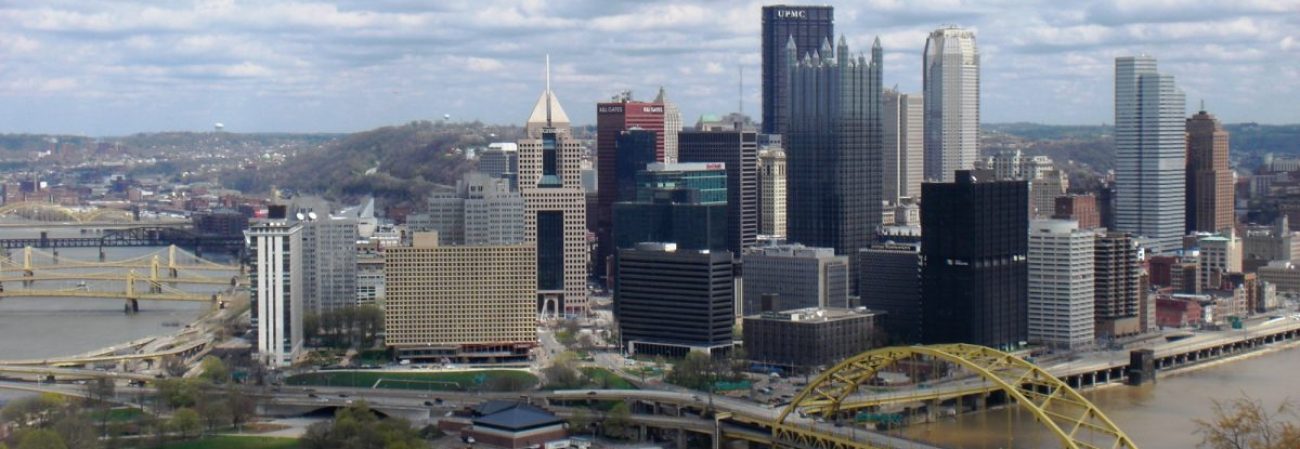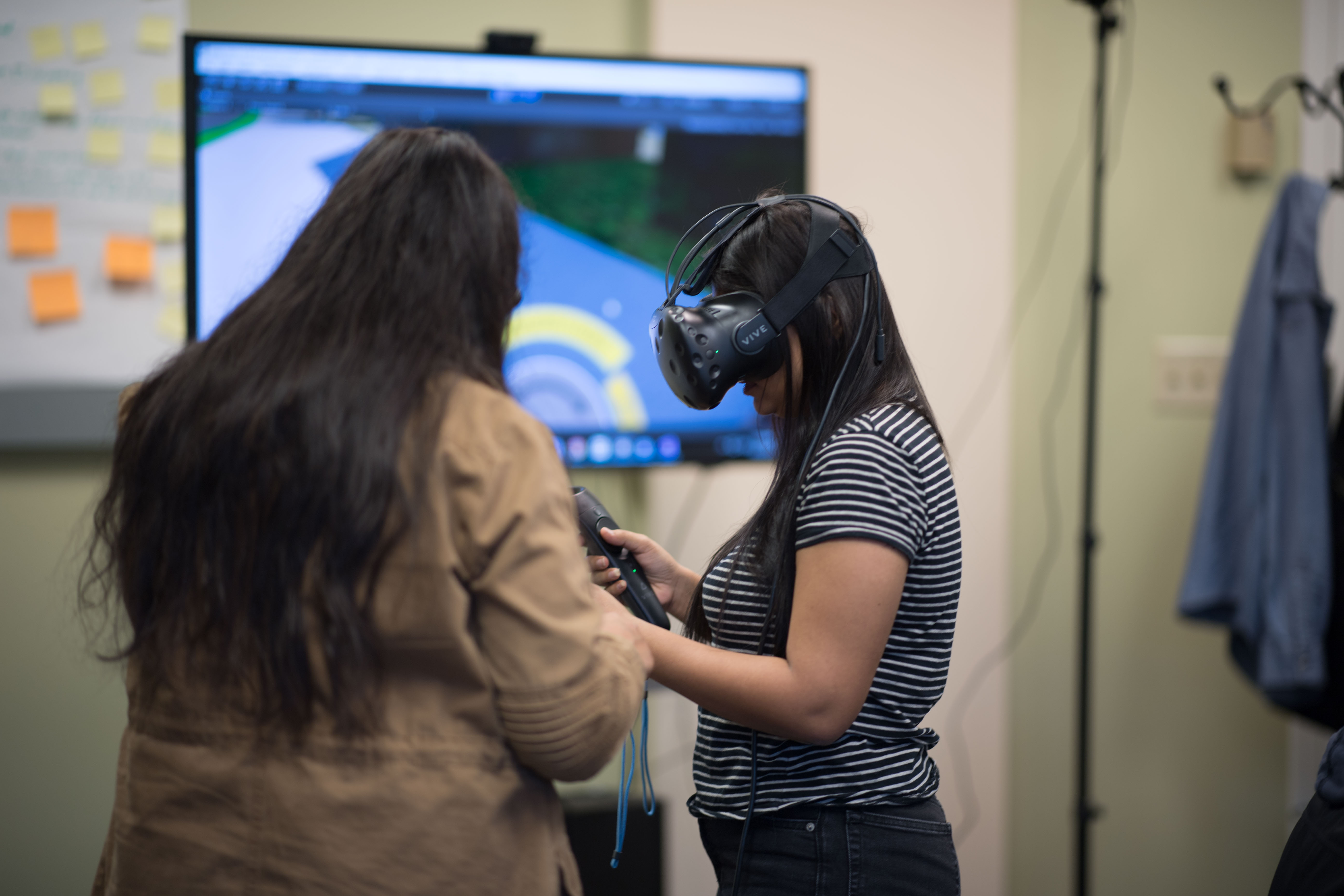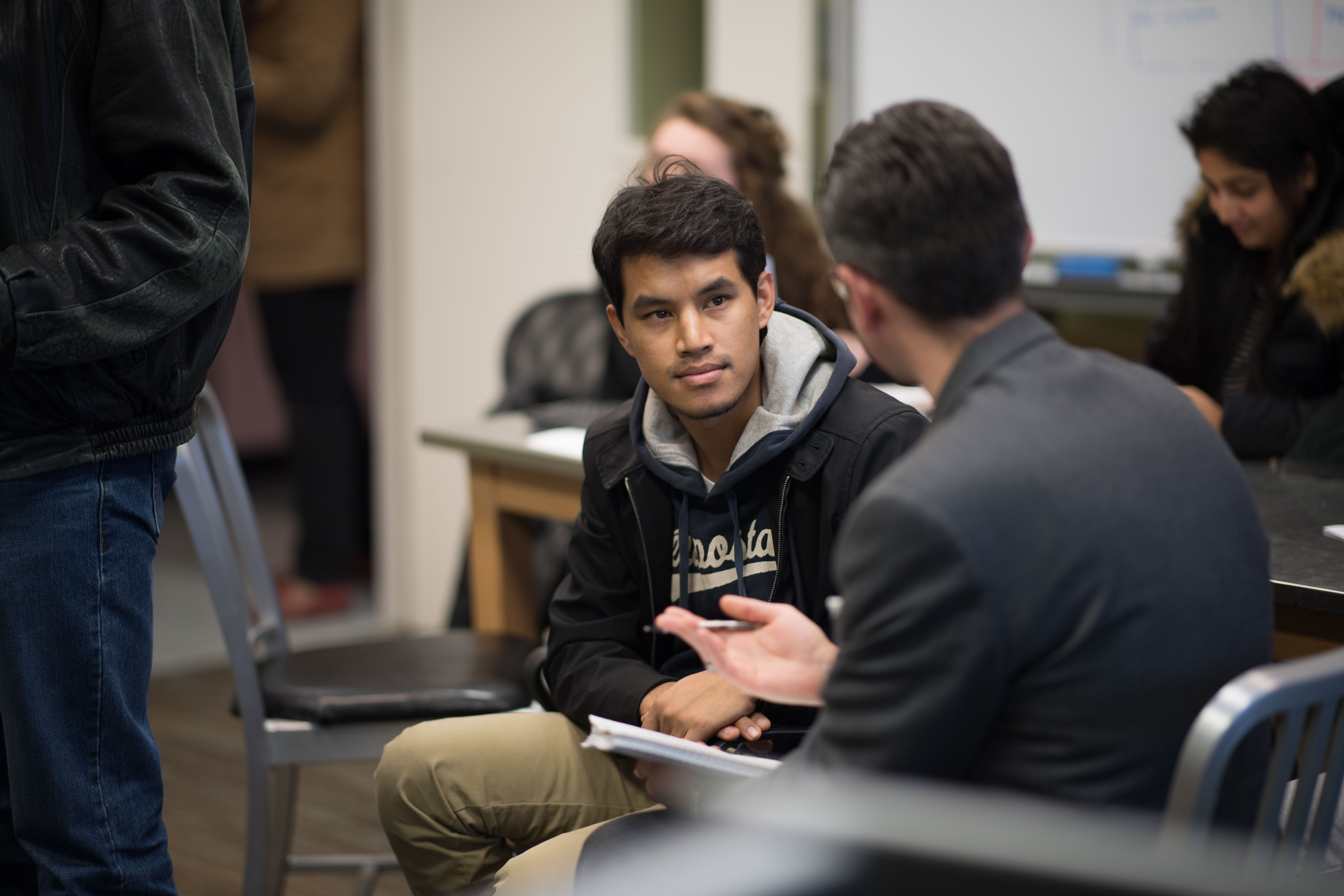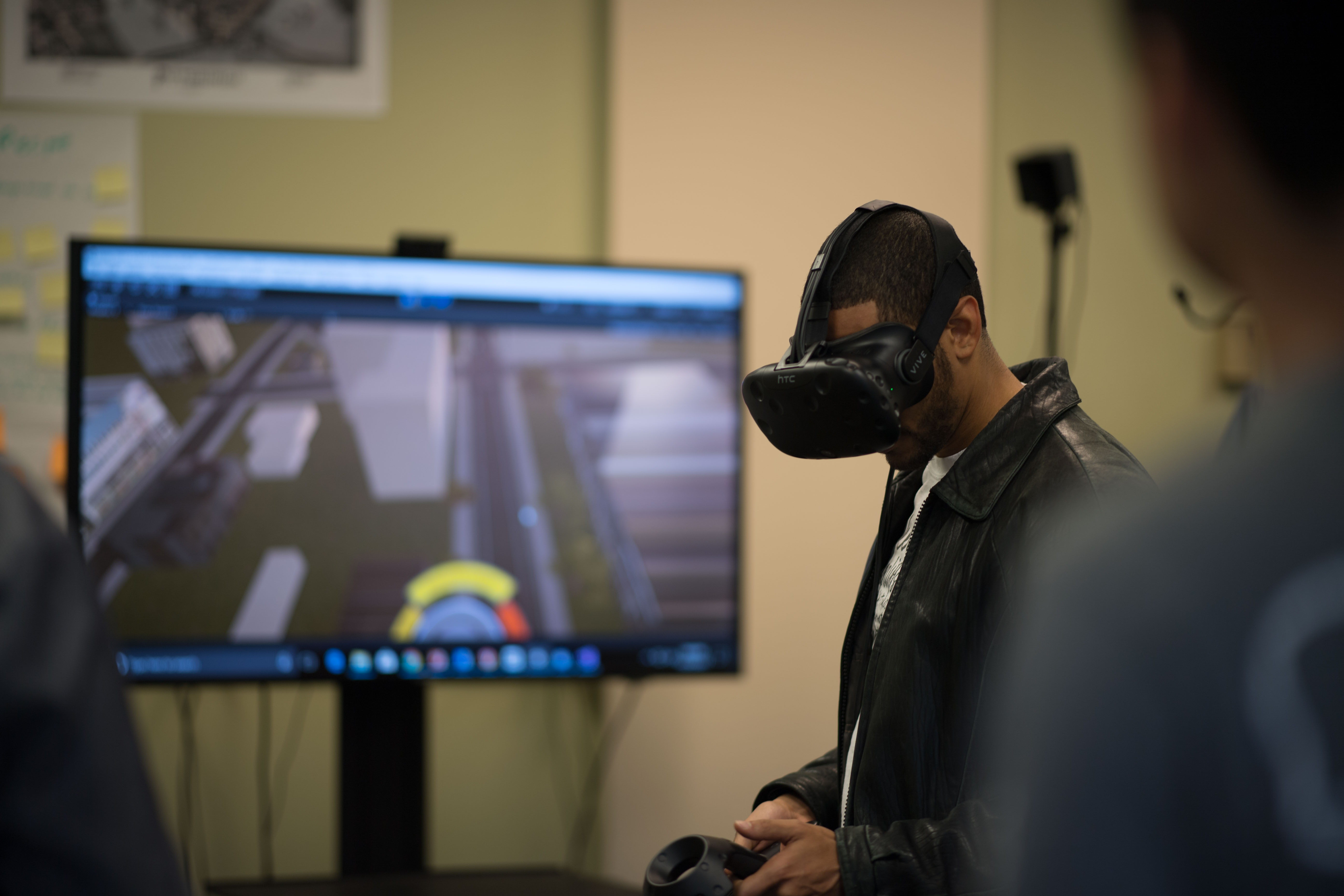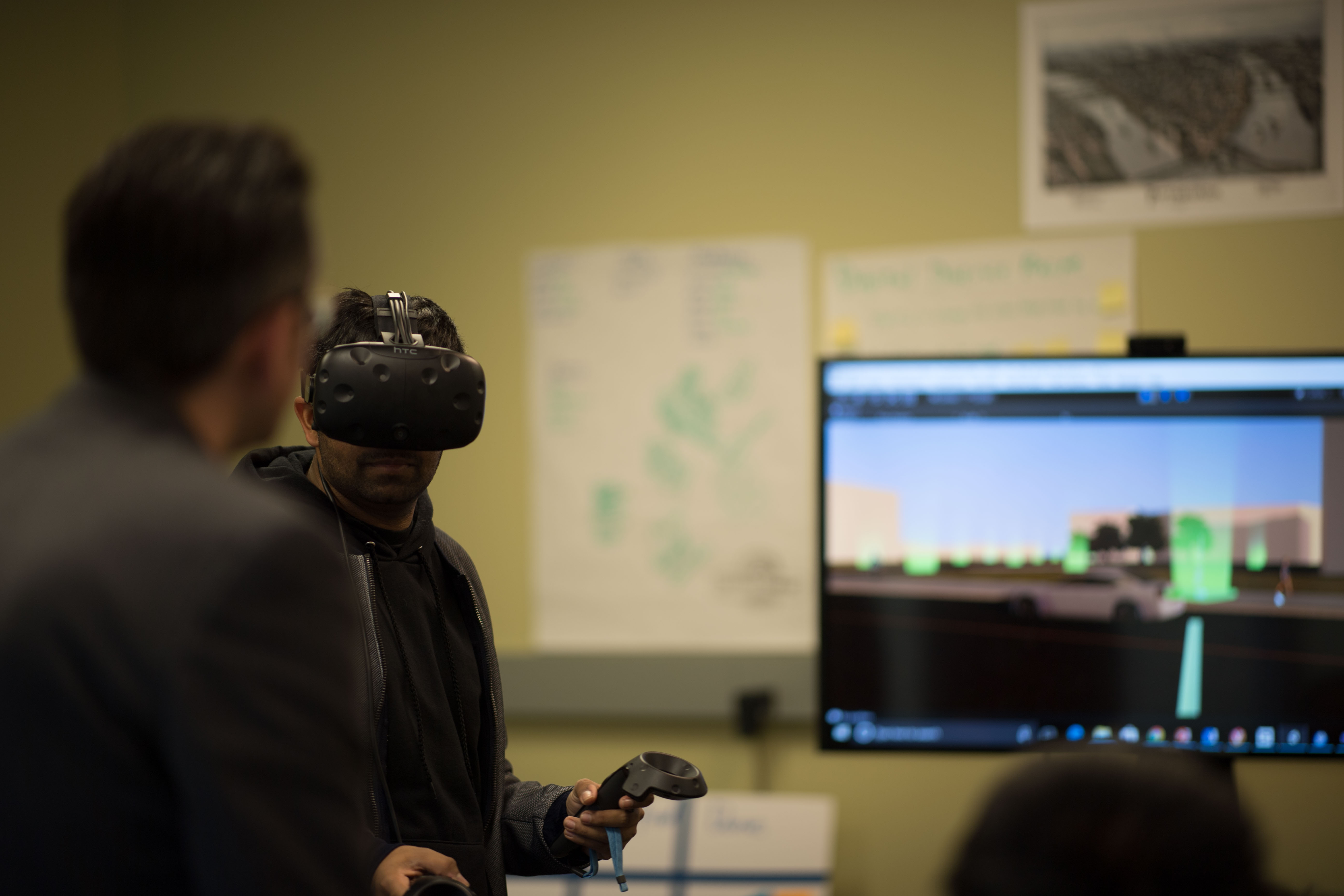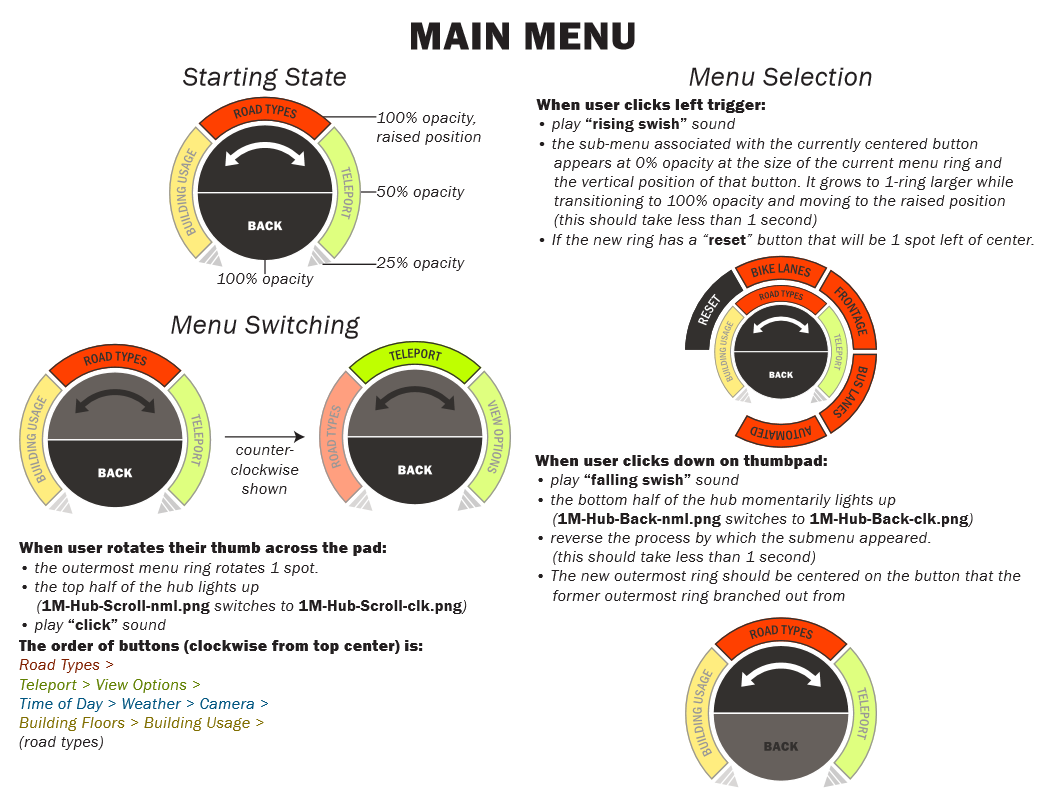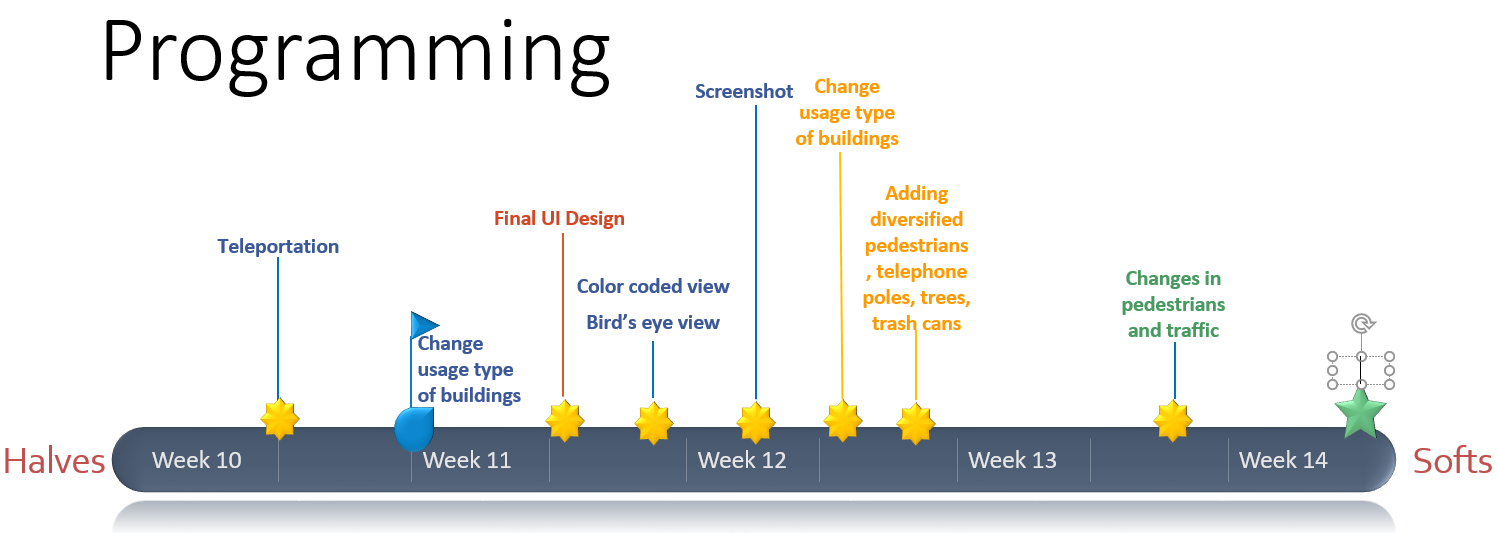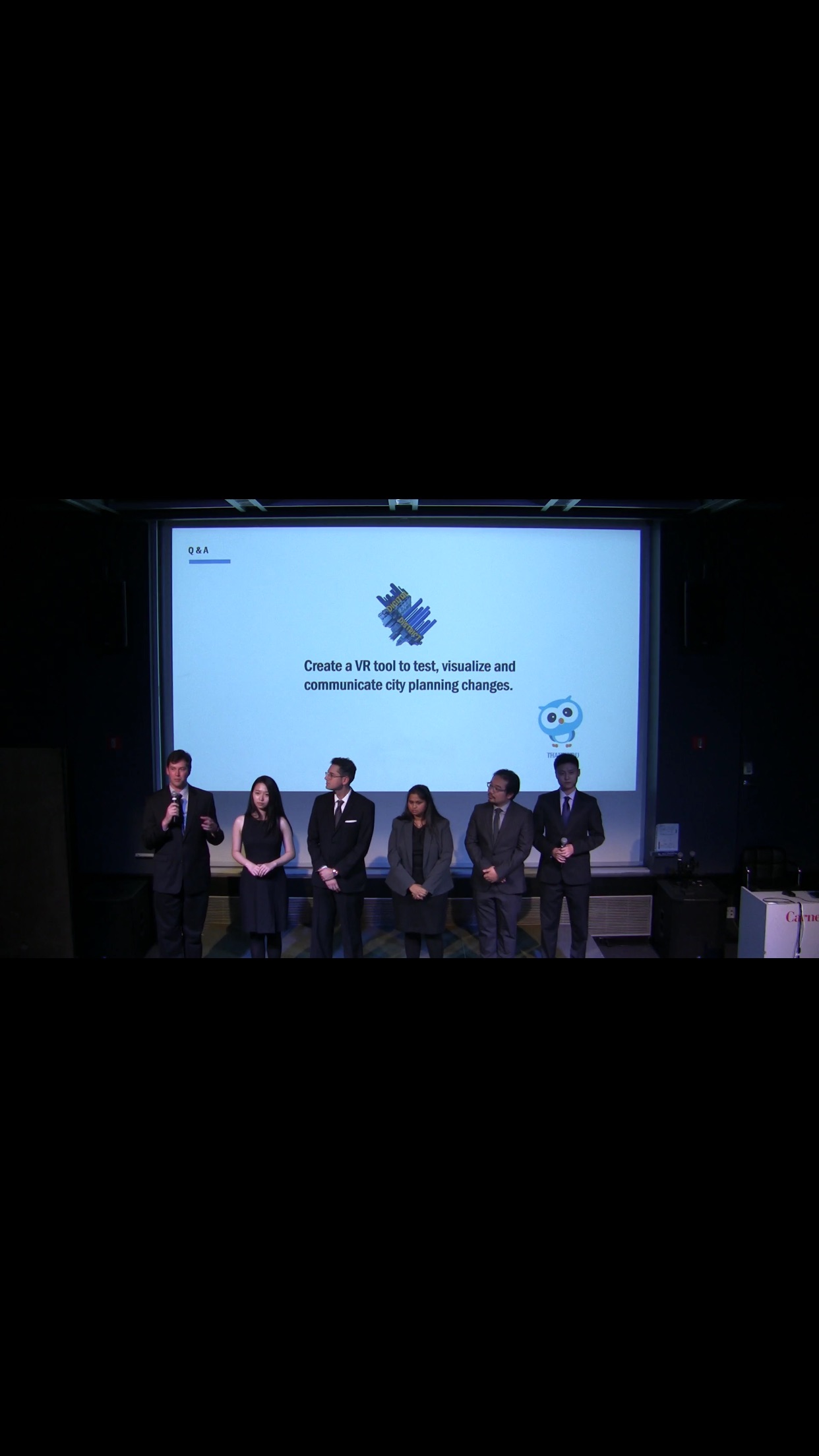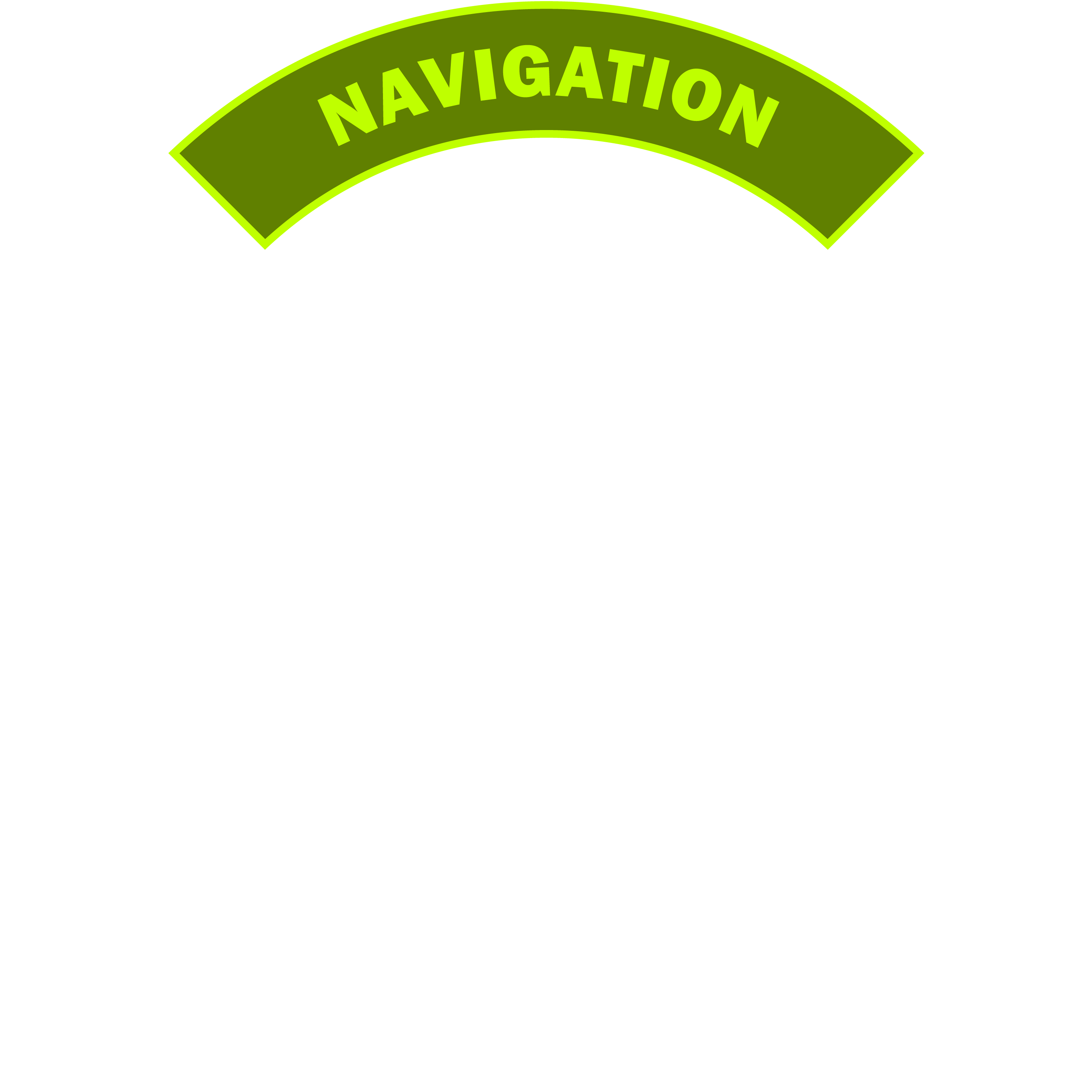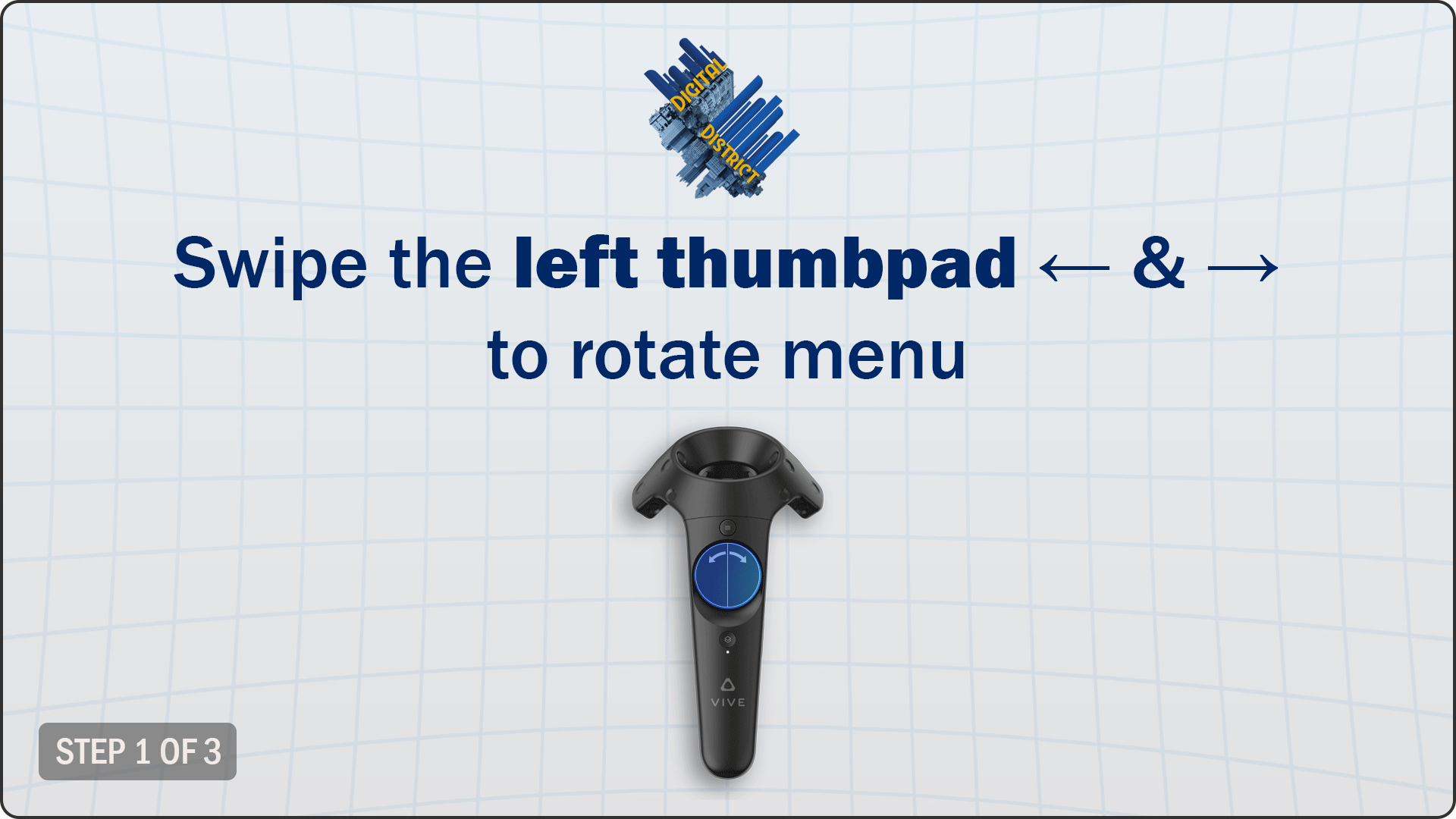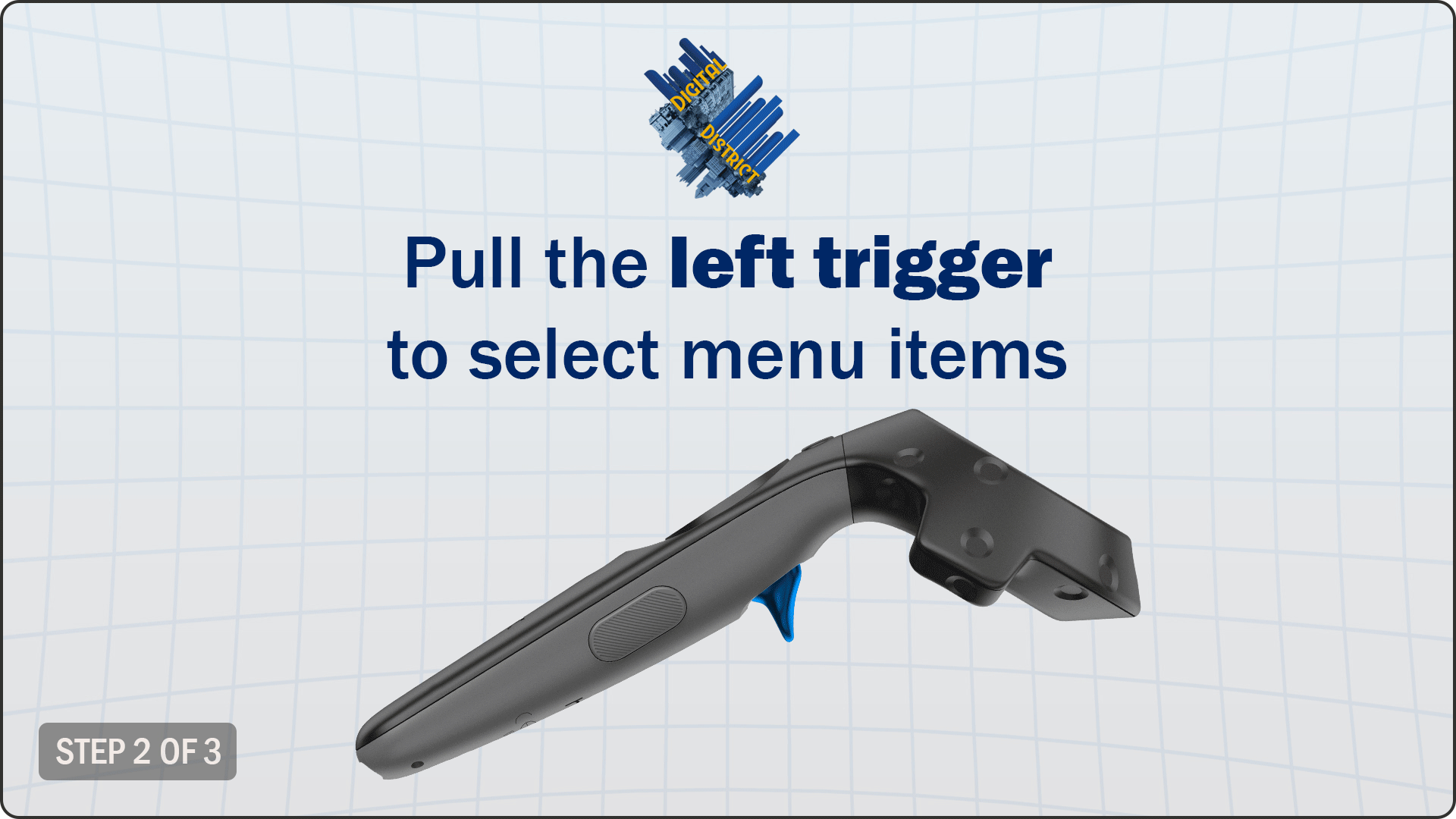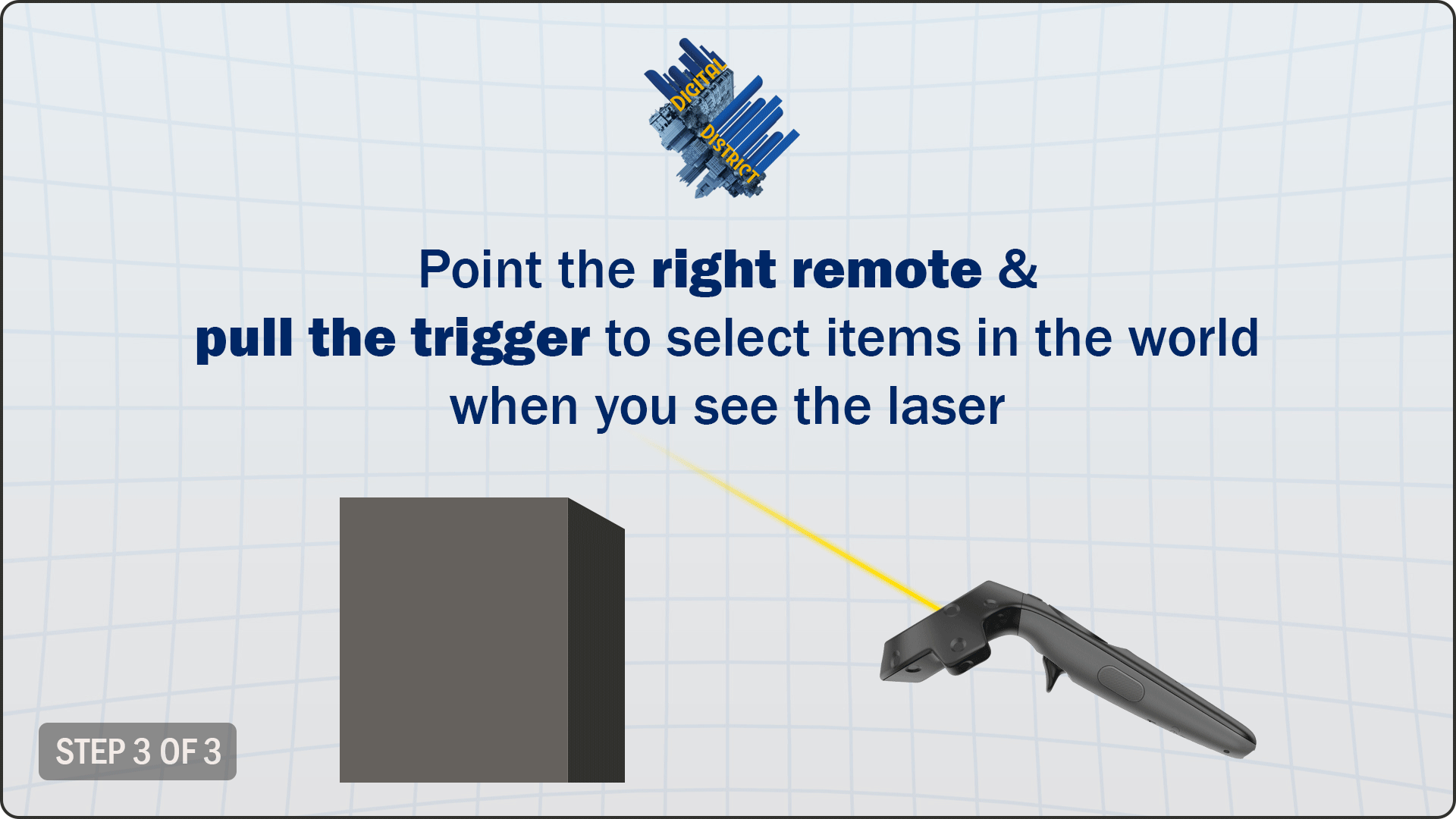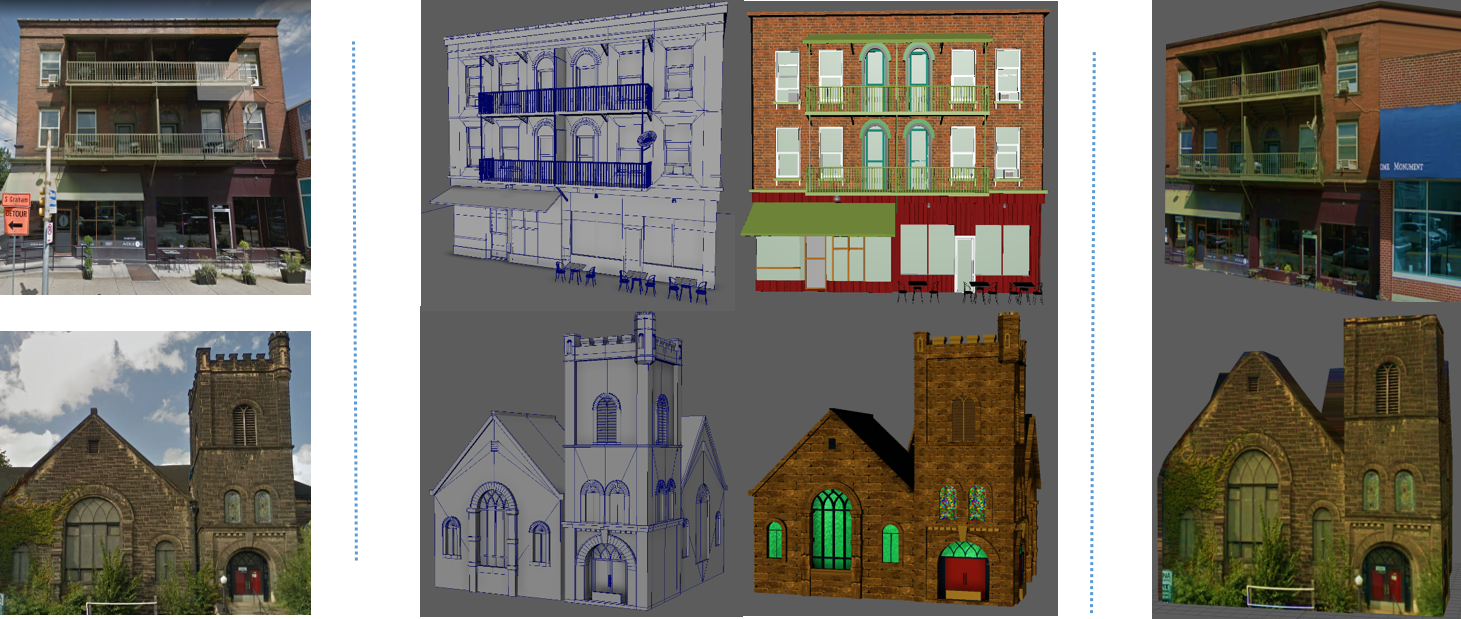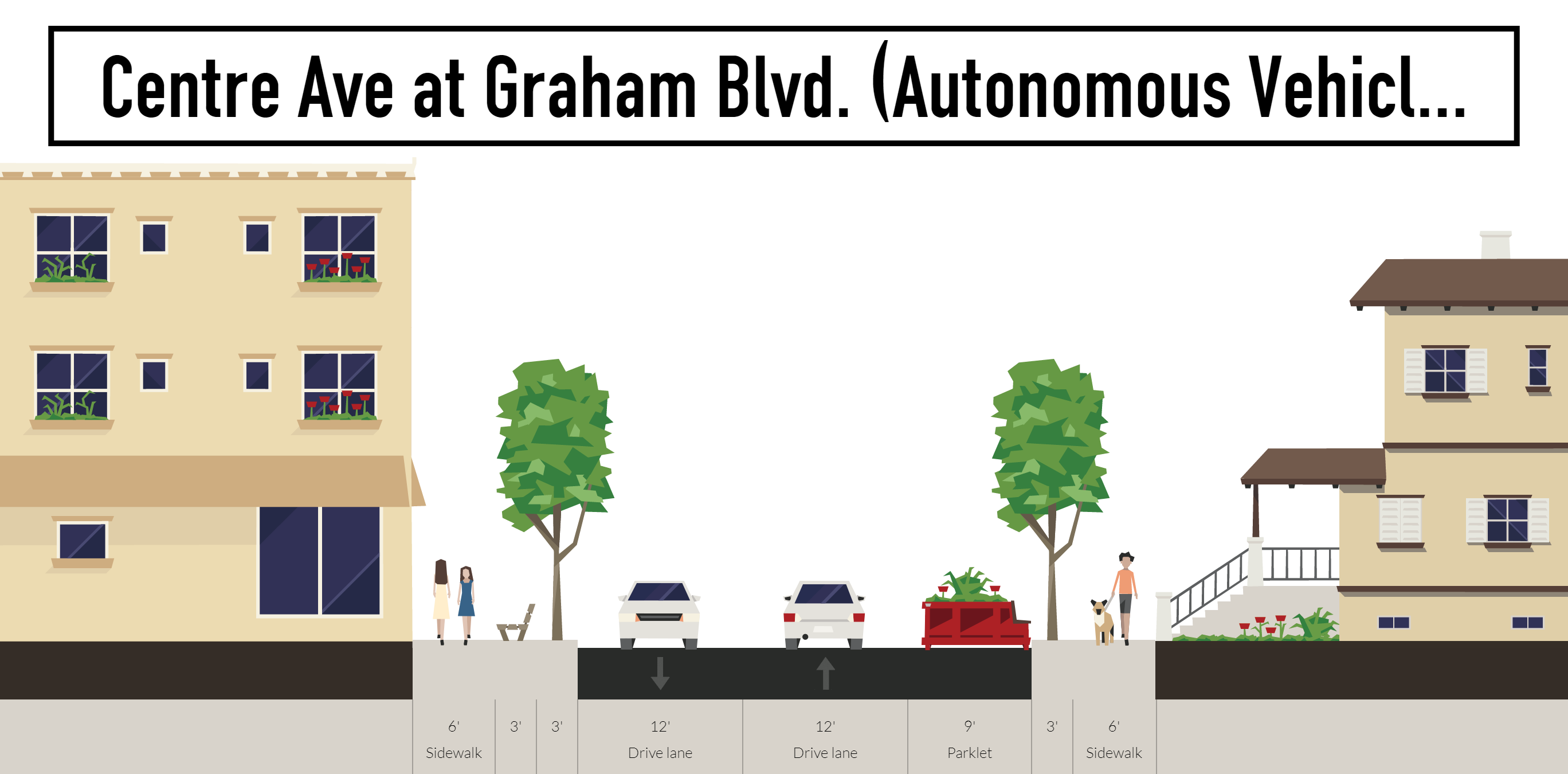This being a week before our final presentation, we made sure to finalize everything in our prototype in the beginning itself to get feedback from our advisors before handing over the project and documentation to our clients.
Other than that, we worked on the following this week:
- Creating a new build
- Updating website
- Promotional video
- Demo Video
- Post mortem report of our game
- Final Presentation
- Archive
- Client Handbook
- Polishing
- Project Hand off
CREATING A NEW BUILD:
For the new build, we focused on the following things:
- minor bug fixes
- client requirement
SHOWCASE: Our showcase went really well and everyone were really impressed by our project. One of the major feedbacks we got from the showcase was to polish the pedestrians in the environment.
CLIENT REQUIREMENTS:
- Customization tutorial: Our clients had requested for a one on one session on how to customize few changes in our prototype. One of the programmers gave a brief tutorial to both the clients on how we implemented the features in our prototype.
- Documentation: We documented all the important points in our build.
NEW BUILD:
We fixed the behavior of pedestrians and traffic in the new build.
DEMO AND PROMOTIONAL VIDEOS:
We created a demo video from our final build to present it in our final presentation and also worked on the promotional video which has all the team member talking about their experience and role in the project building process. We also had the clients talk about their expectations, involvement and feedback as well.
Client Handbook:
We came up with a client’s handbook including all the details on how the project works. In our clients handbook we made sure to include every aspect of documentation (programming, UI/UX design, research, 3D art), User’s instruction manual (which explains our control scheme), user testing analysis.
POST MORTEM REPORT OF OUR PROJECT:
We worked on the post mortem report of our project wherein we included all the detailed explanation on our work flow from pre planning-research-project design-development-feedback-playtesting-revised iterations-project handoff.
FINAL PRESENTATION:
Our final presentation included all the points that our director asked us to and also a demo of our game.
ARCHIVE, WEBSITE:
We moved all our work draft, final products to the archive and also made sure that the website is up to date
PROJECT HAND OVER:
We handed over the working executable files and project files to RCI on 12/10/2017 and City of Pittsburgh clients on 12/12/2017. As a backup we are installing it on our instructor’s computer as well.
